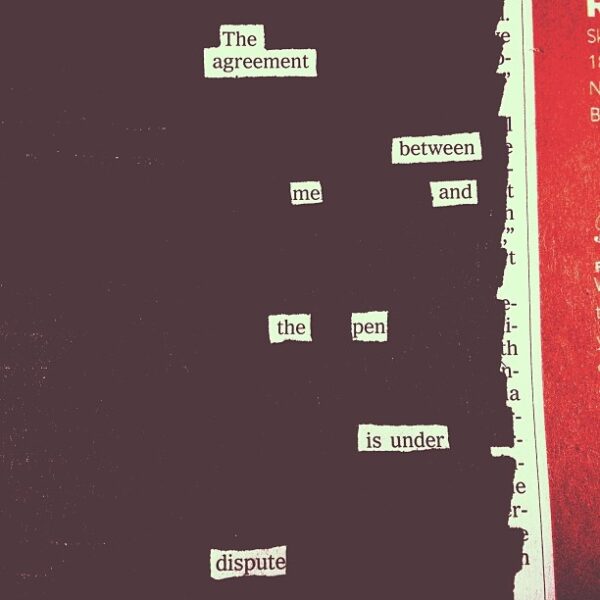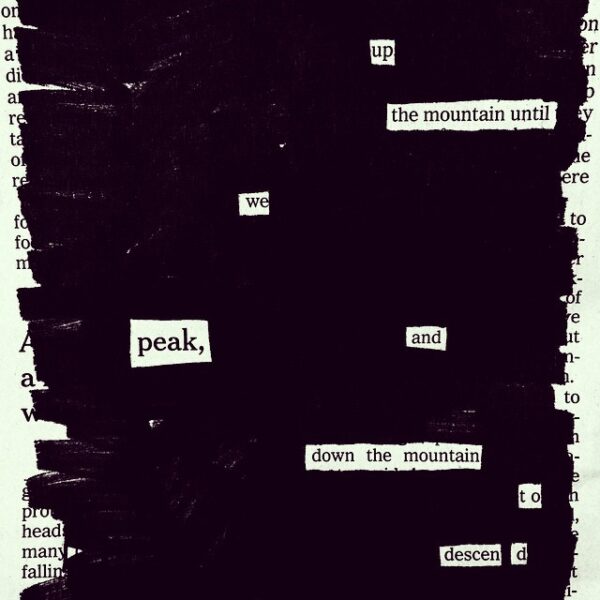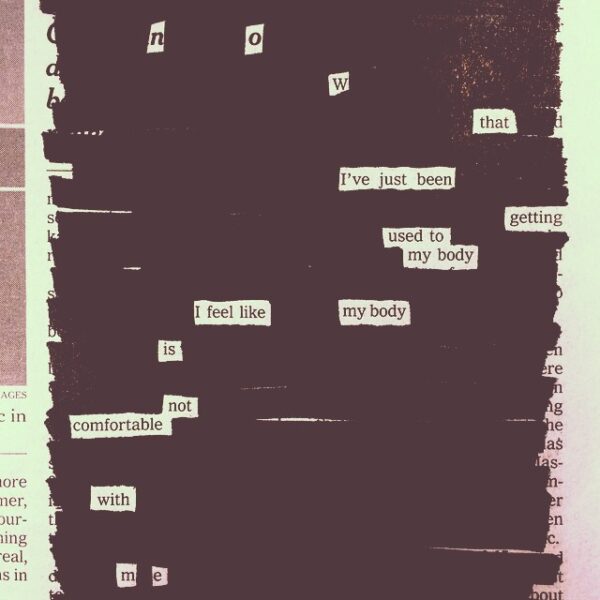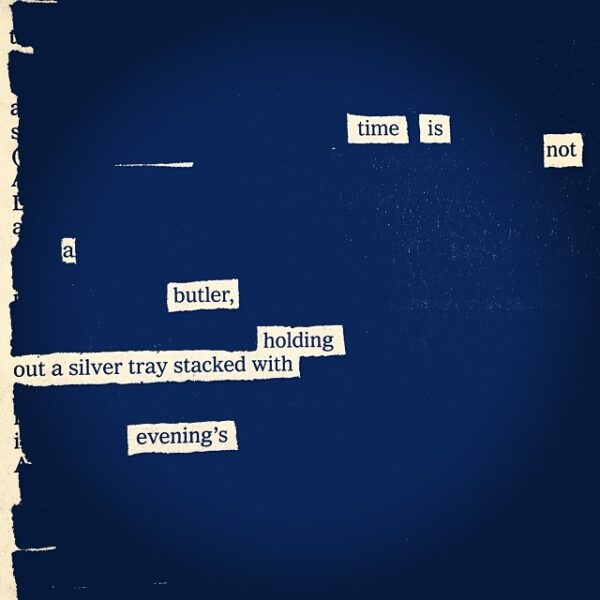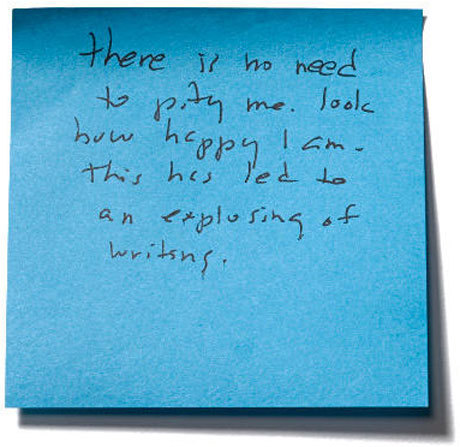
The film critic Roger Ebert died 10 years ago today.
I came late to his work: I remember seeing him on TV when I was a kid, but I only really started reading him post-cancer, around 2010 or so, when he was in the middle of his great blogging explosion caused by losing his voice due to his health complications.
Something I wrote in 2011 about his blogging:
what makes Ebert such a brilliant blogger is that he’s doing it wrong—in the age of reblogs and retweets and “short is more,” he’s writing long, writing hard, writing deep. Using his blog as a real way to connect with people. “On the web, my real voice finds expression.” Man loses voice and finds his voice. “When I am writing my problems become invisible and I am the same person I always was. All is well. I am as I should be.” Blogging because you need to blog—because it’s a matter of existing, being heard, or not existing…not being heard.
He died while I was working on Show Your Work! and he has a whole section in that book called “You can’t find your voice if you don’t use it.” It might seem weird, but I thought the best way to start that book about putting yourself out there was to talk about death and what you do with your time — here was a writer who knew his time was short and he was sharing everything he could think of before he left.
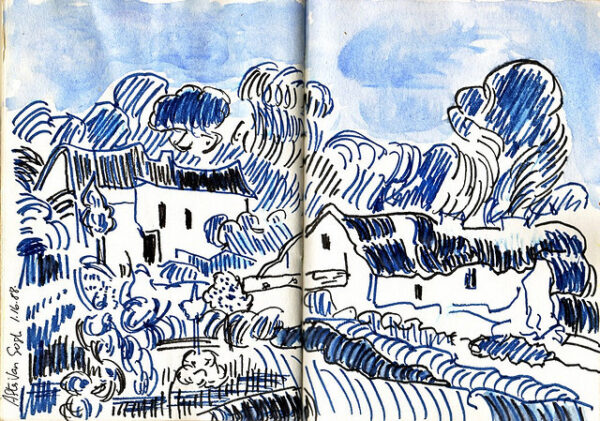
One thing I’d like to call out that I don’t think a lot of people know is that Ebert was a writer who draws!
He wrote a blog post, “You Can Draw, and Probably Better Than I Can,” where he explained how he met a woman named Annette Goodheart in the early 1980s, who convinced him that all children can draw, it’s just that some of us stop.
He wrote beautifully about the benefits of drawing, how it causes you to slow down and really look:
That was the thing no one told me about. By sitting somewhere and sketching something, I was forced to really look at it, again and again, and ask my mind to translate its essence through my fingers onto the paper. The subject of my drawing was fixed permanently in my memory. Oh, I “remember” places I’ve been and things I’ve seen. I could tell you about sitting in a pub on Kings’ Road and seeing a table of spike-haired kids starting a little fire in an ash tray with some lighter fluid. I could tell you, and you would be told, and that would be that. But in sketching it I preserved it. I had observed it.
I found this was a benefit that rendered the quality of my drawings irrelevant. Whether they were good or bad had nothing to do with their most valuable asset: They were a means of experiencing a place or a moment more deeply. The practice had another merit. It dropped me out of time. I would begin a sketch or watercolor and fall into a waking reverie. Words left my mind. A zone of concentration formed. I didn’t think a tree or a window. I didn’t think deliberately at all. My eyes saw and my fingers moved and the drawing happened. Conscious thought was what I had to escape, so I wouldn’t think, Wait! This doesn’t look anything like that tree! or I wish I knew how to draw a tree! I began to understand why Annette said finish every drawing you start. By abandoning perfectionism you liberate yourself to draw your way. And nobody else can draw the way you do.
“An artist using a sketchbook always looks like a happy person,” he said.
(Come to think of it, I quoted some of those bits of him on drawing in Keep Going. So Ebert features in not one, but two of my books.)
Knowing that Ebert was a drawer means a lot to me, because, as far as I know, the only time our paths really ever crossed is when he praised my drawing of the Ross Brothers’ 45365 on his Facebook page.
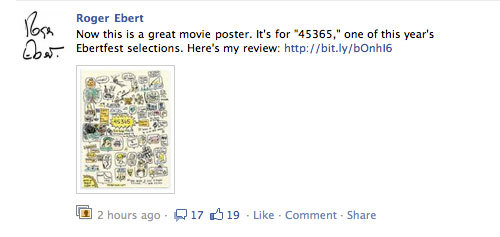
I could go on — the “Roger Ebert” tag on my Tumblr is about 30 posts deep.
RIP to a great one.
